Shreveport Water Quality at a Glance
Infrastructure failing
Is Shreveport Water Safe to Drink?
Safe But Seriously Troubled System – While officials confirm the water is safe to drink when not under boil advisories, Shreveport’s water system received a D grade (revised from F) from Louisiana Department of Health for 2024. The system faces critical infrastructure deficiencies, elevated manganese causing brown water, federal compliance violations, and customer satisfaction issues. Recent problems include treatment plant failures requiring increased chlorine use and manganese levels reaching historic highs of 1.29 mg/L.
⚠️ Key Concerns for Shreveport Residents
- Infrastructure Failures: Aging water storage tanks, emergency generator deficiencies, and distribution system problems identified in state inspections
- Manganese Contamination: Historic highs reached 1.29 mg/L in June 2024 (10x EPA aesthetic guideline), causing widespread brown water discoloration
- Treatment Plant Issues: Ozone system failure required emergency use of higher chlorine levels; PFAS contamination detected in areas around Shreveport
- Compliance Violations: Recent federal water quality violations for treatment techniques and maximum contaminant levels detected by EPA
Read the full report below for detailed analysis, city-specific data, and actionable recommendations for Shreveport residents.
Shreveport – Louisiana – Water Quality Report 2025: PFAS Testing, Infrastructure Concerns & Safety across your city
Shreveport Water & Sewerage provides comprehensive water services to approximately 177,000 residents in northwest Louisiana’s largest city, serving as a critical municipal utility for Caddo Parish and surrounding areas. The system operates through an extensive network of distribution lines, storage facilities, and the Thomas L. Amiss Water Treatment Plant, delivering millions of gallons of treated water daily to Louisiana’s third-largest city and its metropolitan area.
Shreveport sources its drinking water primarily from Cross Lake, a 8,775-acre reservoir located within the city limits that serves both as the municipal water supply and recreational asset. During dry periods, Cross Lake is supplemented with water pumped from Twelve Mile Bayou. The water undergoes comprehensive treatment at the T.L. Amiss Water Purification and Pumping Station, which utilizes advanced ozone treatment technology alongside traditional filtration and disinfection processes. However, Shreveport’s water system has faced significant challenges in recent years, receiving a D grade (revised from F) from the Louisiana Department of Health for 2024 due to infrastructure deficiencies, customer service issues, and water quality concerns including elevated manganese levels that caused widespread water discoloration throughout 2024.
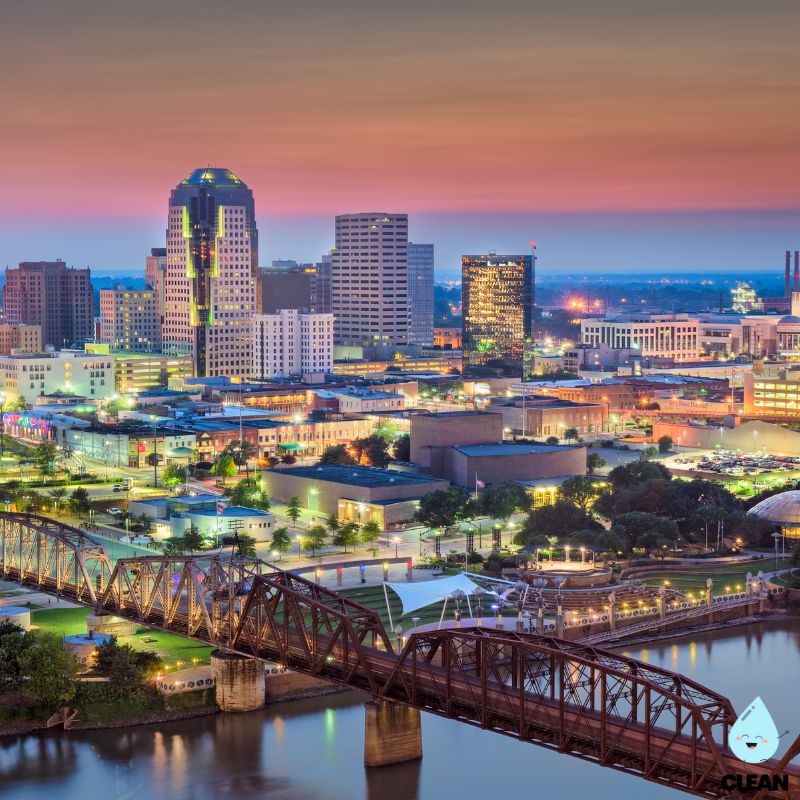
Shreveport Water Quality: Current Status (2024-2025)
System Performance Challenges
- State Grade Assessment: Shreveport Water System received an F grade from the Louisiana Department of Health for 2023 and initially for 2024, later revised to a D grade (65/100) following a formal review by the city due to possible miscalculations in the scoring process.
- Infrastructure Issues: The system faces significant infrastructure challenges including aging water storage tanks, emergency generator deficiencies, and distribution system problems that have prompted state regulatory action.
- Safety Status: Despite the poor grade, city officials and the Louisiana Department of Health confirm that Shreveport’s water remains safe to drink when not under boil advisories, with the grade reflecting system reliability rather than immediate health risks.
Water Sources
- Cross Lake: Primary water source covering 8,775 acres within city limits, with a watershed spanning approximately 260 square miles across Caddo Parish, Louisiana and Harrison County, Texas.
- Twelve Mile Bayou: Secondary water source used to supplement Cross Lake during dry periods, providing system redundancy and additional supply security during drought conditions.
- Watershed Management: The city employs full-time Environmental Control Officers who patrol Cross Lake and surrounding watershed to monitor potential pollution threats and manage invasive species like giant Salvinia and hydrilla.
Treatment Technology
- T.L. Amiss Water Treatment Plant: The primary treatment facility employs ozone treatment, coagulation, flocculation, sedimentation, and filtration processes, though the plant was not originally designed to handle elevated manganese levels experienced in 2024.
- Ozone Treatment System: Advanced ozone technology serves as a powerful oxidation treatment for metals and minerals, though system failures in December 2022 through early 2023 led to temporary reliance on increased chlorine disinfection.
- Manganese Treatment Challenges: The 2024 manganese crisis revealed limitations in the current treatment system’s ability to handle high mineral content, leading to water discoloration and taste issues despite safety compliance.
Infrastructure Modernization
- 2024 Bond Improvements: Voter-approved bond funding supports replacement of two major transmission lines handling 60% of the city’s water supply, treatment plant upgrades, and construction of a new strategically-located water tower.
- Regulatory Compliance: The city has allocated over $10 million to address infrastructure deficiencies identified in 2021 state inspections, with an additional $40 million in bond-funded projects planned for system improvements.
- Water Storage Improvements: Ongoing rehabilitation of existing water towers and emergency generator installations to ensure system reliability during power outages and peak demand periods.
Customer Service and Support
Shreveport Water & Sewerage provides customer support through its Customer Service Division, available Monday through Friday from 7:30 a.m. to 5:30 p.m. The utility offers the Shreveport Water Assistance Program (SWAP) for qualifying low-income customers and maintains 24/7 emergency response capabilities at 318-673-7600. Following the challenging water quality issues of 2024, including manganese-related discoloration and taste problems, the department has enhanced its communication efforts with residents and implemented improved monitoring and treatment protocols. While the utility has faced significant infrastructure and management challenges reflected in a D grade (revised from F) for 2024, city officials emphasize their commitment to long-term improvements through substantial bond-funded infrastructure investments and operational upgrades designed to ensure reliable water service for Shreveport’s residents.
Recommendations for Shreveport Residents
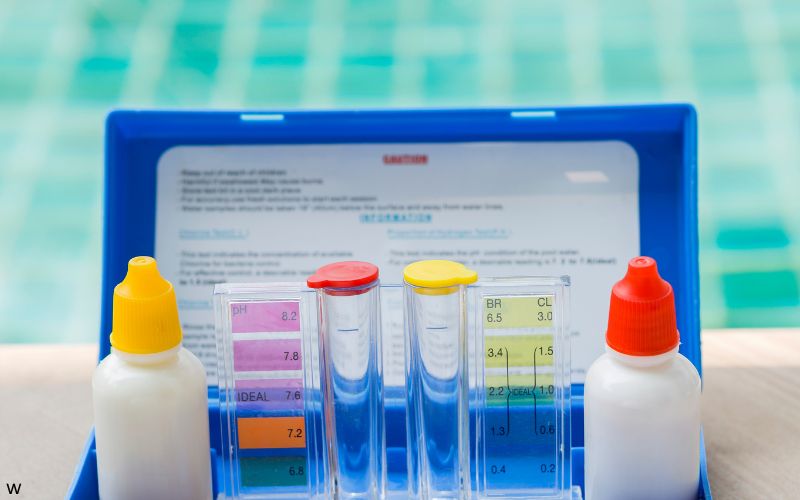
Monitor Water Quality
Stay informed about water quality updates by visiting shreveportlawater.gov or calling 318-673-7600. Report any taste, odor, or discoloration issues immediately, especially given the city’s recent manganese challenges and ongoing infrastructure improvements.

Support System Improvements
Stay engaged with city water improvement initiatives and bond-funded infrastructure projects. Practice water conservation to reduce strain on the aging system while major upgrades are underway to modernize Shreveport’s water infrastructure.

Consider Home Filtration
Given recent water quality challenges including manganese discoloration and system infrastructure issues, consider NSF-certified filtration systems (Standard 53) for drinking and cooking water to provide additional protection against taste, odor, and potential contaminants.
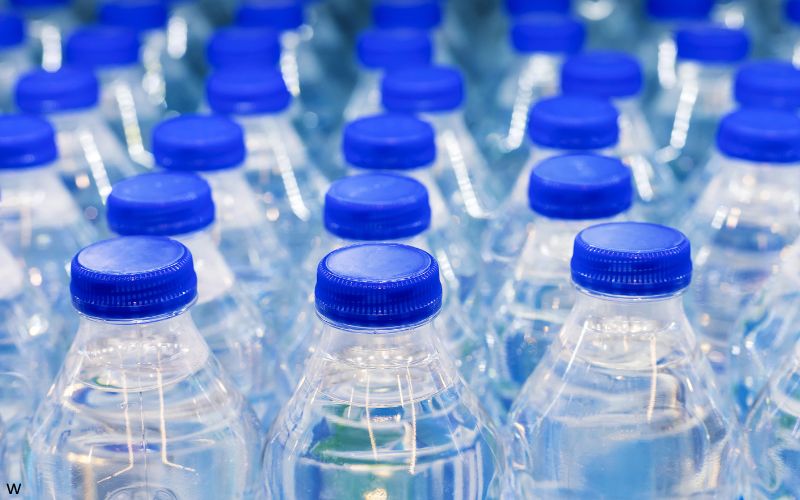
Emergency Preparedness
Keep bottled water on hand for emergencies, especially during system maintenance or infrastructure repairs. Sign up for city water alerts and follow boil advisories when issued. Contact Customer Service at 318-673-6097 for service questions or 318-673-7600 for water emergencies.

Water Conservation
Implement water-saving practices at home including fixing leaks promptly, using efficient fixtures, and practicing smart irrigation. Conservation helps reduce demand on the aging infrastructure while the city implements critical system improvements and modernization projects.
Frequently Asked Questions
Is Shreveport’s tap water safe to drink?
Yes, Shreveport’s tap water is safe to drink when not under a boil advisory, according to both city officials and the Louisiana Department of Health. The water comes from Cross Lake and undergoes comprehensive treatment at the T.L. Amiss Water Treatment Plant.
While Shreveport’s water system received a D grade (revised from F) from the state for 2024, these grades reflect infrastructure and management challenges rather than immediate health risks. The Louisiana Department of Health confirms that a poor water system grade does not imply unsafe water and that water systems are required to notify customers immediately when drinking water becomes unsafe.
What caused the brown water in 2024?
The brown water discoloration throughout 2024 was caused by elevated manganese levels in Cross Lake that reached historic highs:
1. Heavy spring rains likely stirred up manganese-rich sediment from the lake bottom
2. Cross Lake manganese levels peaked at 1.29 mg/L in June 2024 – more than ten times the EPA’s aesthetic guideline
3. The current treatment plant was not designed to handle such high manganese concentrations
While manganese causes discoloration and taste issues, it is not considered a health hazard at the levels detected. The city has since implemented enhanced treatment protocols and is investing in improved manganese removal capabilities.
Why did Shreveport get a poor grade?
Shreveport received a D grade (65/100) from the Louisiana Department of Health for 2024 (revised from an initial F grade) based on seven criteria:
• Infrastructure deficiencies: Aging water storage tanks, emergency generator problems, and distribution system issues identified in state inspections
• Customer satisfaction: High number of customer complaints related to water quality and service
• Regulatory compliance: Treatment technique violations and failure to meet improvement deadlines
• Financial sustainability: Concerns about long-term funding for necessary improvements
The city gained points for having asset management plans and participating in training programs, but overall infrastructure challenges led to the poor grade.
What improvements are being made?
Shreveport is implementing major infrastructure improvements through multiple funding sources:
2024 Bond Projects ($40 million):
• Replacement of two major transmission lines carrying 60% of the city’s water
• Treatment plant equipment upgrades and facility improvements
• Construction of a new strategically-located water tower
Infrastructure Repairs ($10+ million):
• Water storage tank rehabilitation and emergency generator installations
• Enhanced manganese treatment capabilities including improved treatment protocols
• Improved monitoring and treatment protocols throughout the distribution system
Quality News About Your Water
Get the comprehensive water quality news coverage you need with our dedicated US Water News Service. From coast to coast, we deliver in-depth reporting and expert analysis on PFAS contamination, EPA regulatory changes, infrastructure developments, and emerging water safety issues affecting communities nationwide. While mainstream media only covers the biggest stories, we provide the detailed, ongoing coverage that helps you understand the full scope of America’s water challenges. Whether you’re a concerned citizen, water professional, or community leader, our daily updates and analytical insights keep you informed about the issues that matter most to public health and environmental safety.
Contaminants of Concern
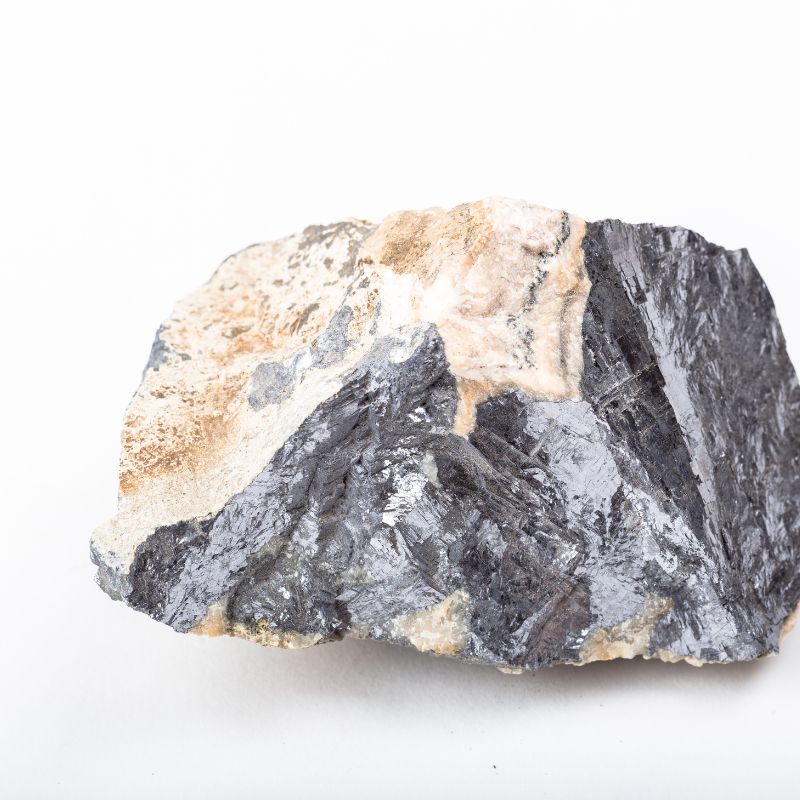
Manganese
Source: Naturally occurring mineral in Cross Lake sediment that became elevated due to heavy spring rains in 2024, reaching levels over ten times the EPA’s aesthetic guideline of 0.05 mg/L
Health Effects: While essential at low doses, chronic exposure to high levels may cause neurological effects, particularly concerning for bottle-fed infants under 6 months at levels above 0.3 mg/L
Current Status: Levels peaked at 1.29 mg/L in June 2024 and have since decreased through enhanced treatment protocols; city has implemented improved manganese removal systems EPA Guidelines: 0.05 mg/L aesthetic standard; 0.3 mg/L health advisory for infants
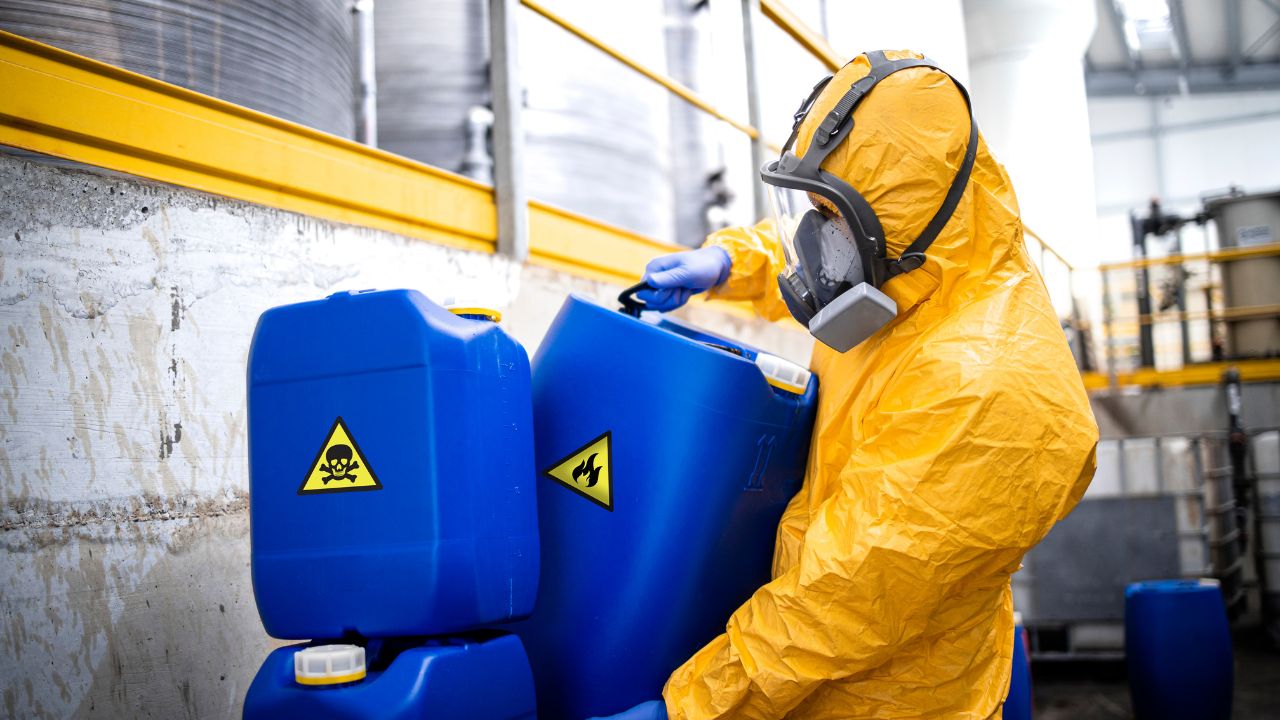
Disinfection Byproducts
Source: Formed when chlorine disinfection reacts with natural organic matter; elevated levels occurred during early 2023 when ozone system failure (December 2022) required increased chlorine usage for water treatment
Health Effects: Long-term exposure to elevated trihalomethanes (THMs) may increase cancer risk and potentially affect liver, kidney, and central nervous system function
Current Status: Treatment technique violations occurred in early 2023 due to equipment failures; improved ozone system now operational to reduce reliance on chlorine disinfection EPA Limits: 80 ppb for TTHMs and 60 ppb for haloacetic acids (HAA5)
Please read – our information
The information presented on cleanairandwater.net is compiled from official water quality reports, trusted news sources, government websites, and public health resources. While we strive for accuracy and thoroughness in our presentations, we are not scientists, engineers, or qualified water quality professionals.
Our mission is to present water quality information in an accessible, real-world format that helps people understand what’s in their water and make informed decisions about their health and safety. We believe that complex environmental information should be available to everyone in a format that’s easy to understand.
We make every effort to ensure our content is current and accurate, but we cannot guarantee that all information is complete or error-free. This website should not replace official communications from your local water utility or health department. We always recommend consulting official sources for the most up-to-date information regarding your specific water system.
Clean Air and Water is not liable for any unintentional errors, omissions, or outdated information. The content on this site is provided for informational purposes only and should not be considered professional advice.


